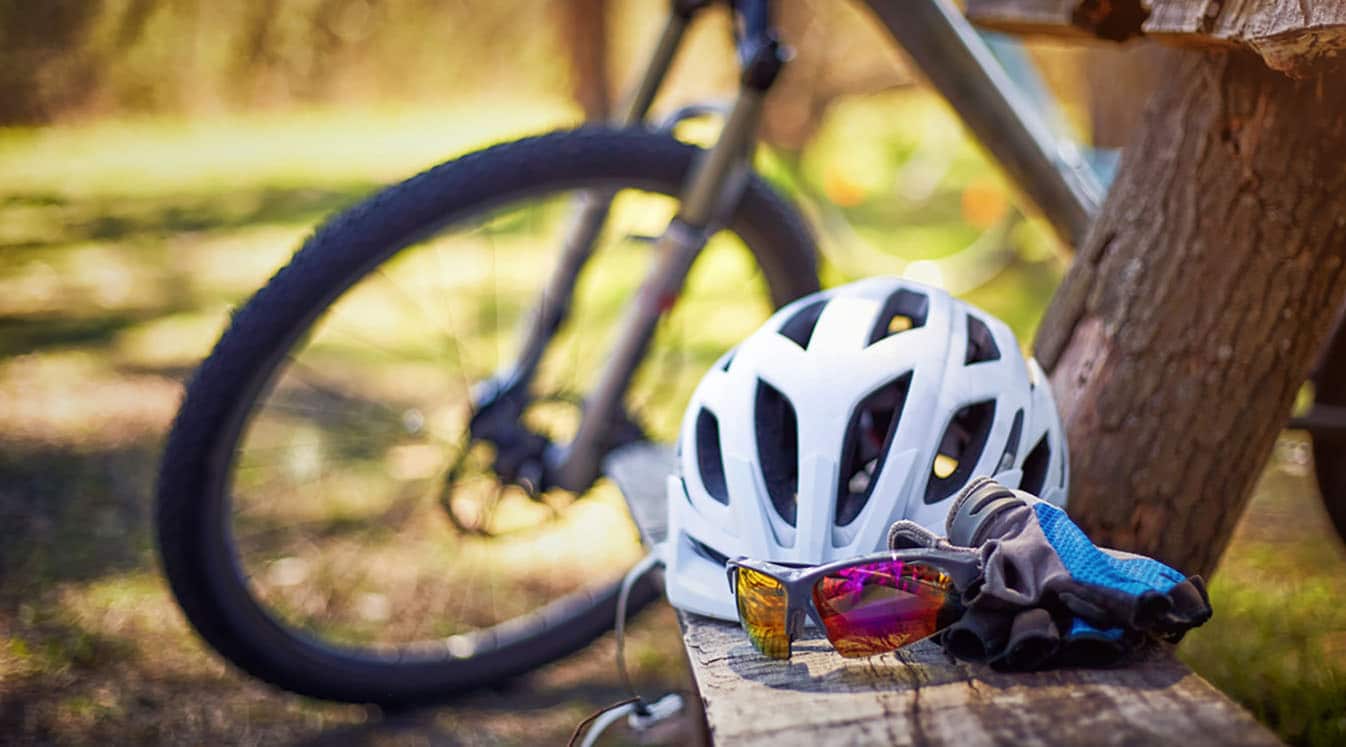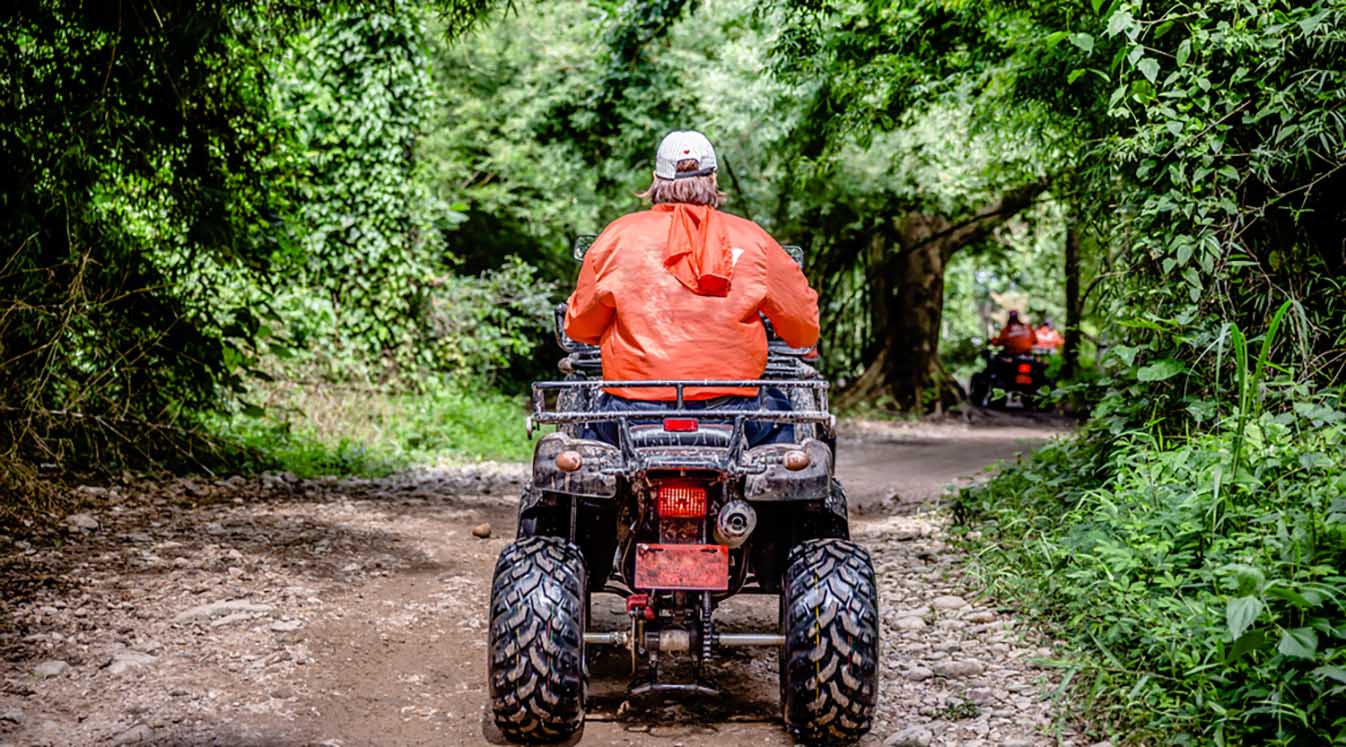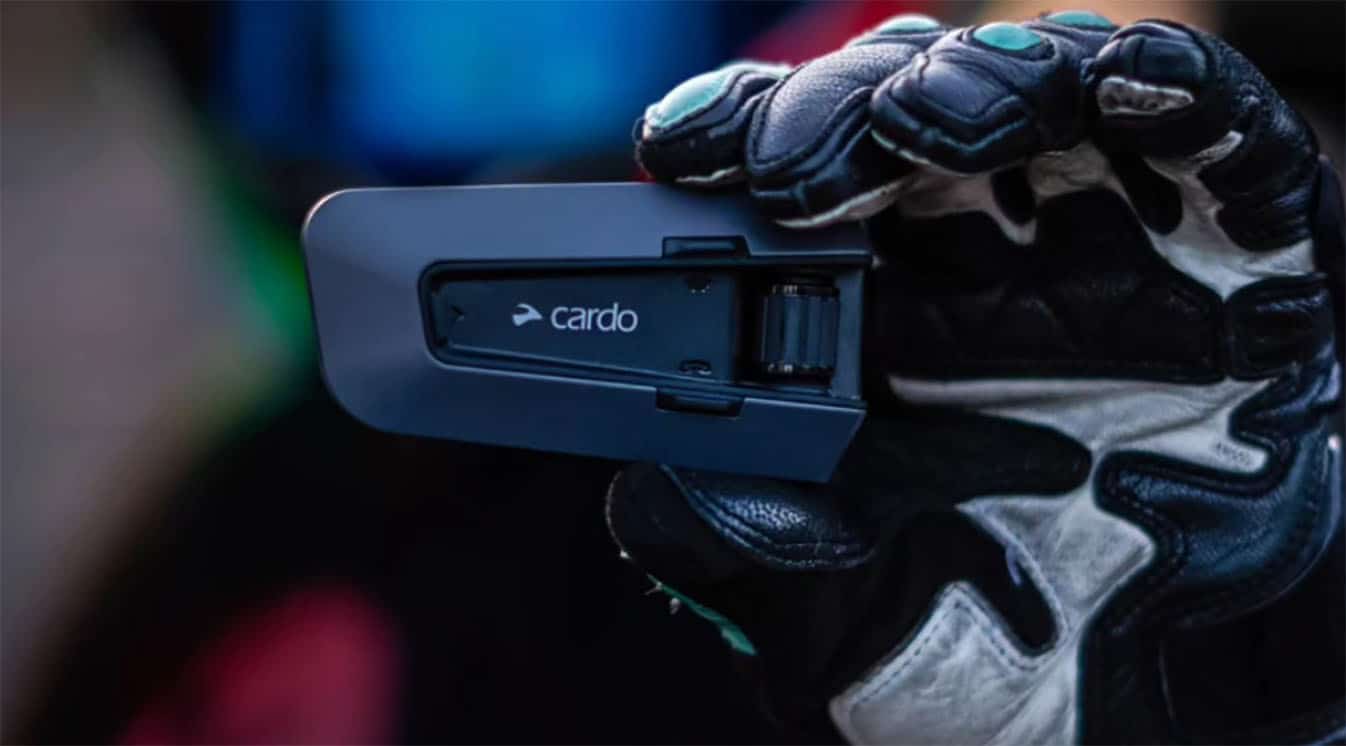You should always wear a helmet when riding a bike, whether it’s on the road or the side of a mountain. Research shows they reduce head injury by 48 percent, serious head injury by 60 percent, traumatic brain injury by 53 percent, face injury by 23 percent and the total number of killed or seriously injured cyclists by 34 percent, according to the National Health Institute. But road bicycle helmets are different than those meant for mountain biking. Your choice of helmet can have a major effect on the types of injuries you sustain in an accident. Learn about the differences between mountain bike helmets and road bike helmets to make sure you use the right mountain biking gear on your next trip.
Read Our Guide on Must-Have Mountain Biking Gear
Construction and Design
The first difference you’re bound to notice is the overall shape of the helmet. Road bike helmets are typically rounded on the top for a more aerodynamic design. They sit above the ears to protect the most important parts of your head. Mountain bike helmets cover more surface area with more protection on the back of the head. They are also known for having visors to shield you from the mud, dirt and bugs flying through the air. When the visor is down, the helmet should cover your entire head.
Mountain bike helmets also have more rigid designs with bold markings and paint jobs, including raised edges and a wide chin bar to protect the area around your mouth. They may also be speckled to create the illusion of dirt, which makes it look like it is either always dirty or clean — depending on your point of view. Overall, this style of helmet offers more protection but is less aerodynamic than road helmets.
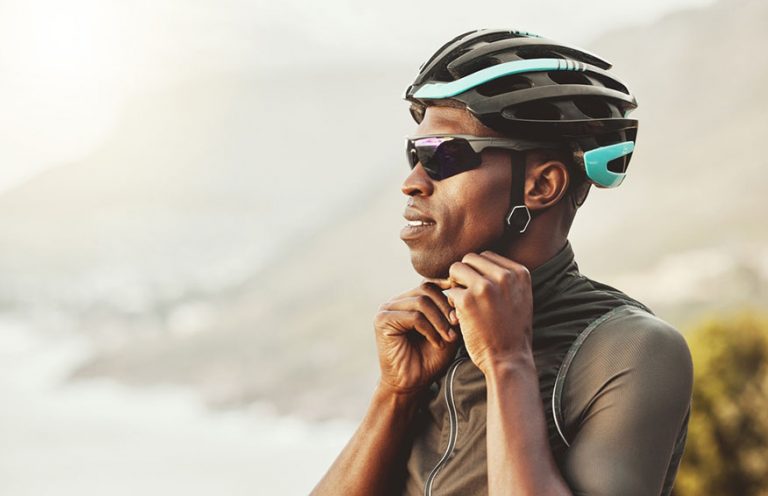
Source: PeopleImages.com – Yuri A/Shutterstock.com
Crash Protection
Both types of helmets were designed with safety in mind. It’s not that road bike helmets are less safe. It’s that they are made for different kinds of accidents. When you’re biking on the road, your biggest risk of injury occurs when you initially hit the road. The sidewalk or cement will be hard, so the helmet needs to absorb as much of the impact as possible. Road helmets also need more room to move around to help distribute the blow; otherwise, it would all go straight to your head. The helmet is meant to protect the top of your head rather than the back, front or side, considering these types of collisions tend to be rare on the road. If you fall, you will likely fall headfirst.
Mountain bike helmets wrap around more of your head because it’s easy to get hit from just about any angle when you’re biking over uneven or elevated terrain. If you fall, there’s a chance you could tumble down the mountain, hitting a range of objects along the way. The helmet will cover virtually every inch of your head to protect you from different types of falls and collisions, including sharp rocks and tree roots.
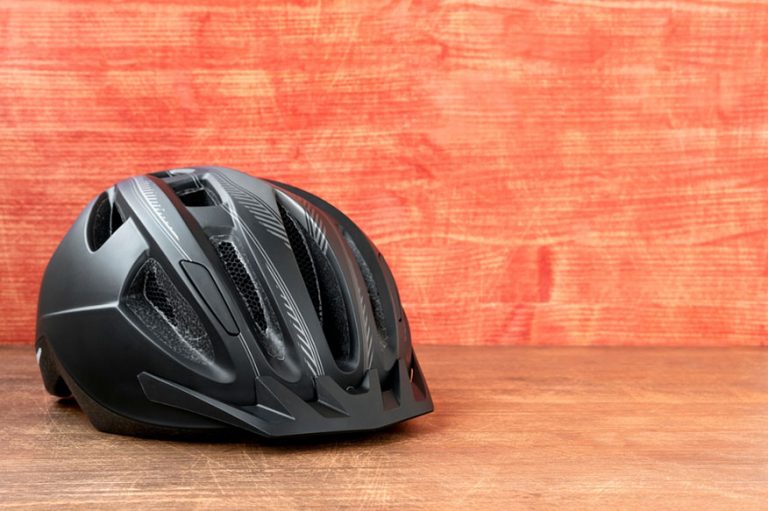
Source: graja/Shutterstock.com
Ventilation
You’re bound to work up a sweat during either activity, but road bike helmets come with additional ventilation to keep you cool when you’re pedaling up to 12 miles an hour. Road cyclists typically ride faster and for longer periods of time compared to mountain bikers. Mountain bikes also come with smaller ventilation openings to keep the dirt and mud out of your hair.
Mountain bike and road bike helmets are made for different purposes. If you are riding on- and off-road, use a road bike helmet if the terrain is mostly flat. Go with a mountain bike helmet if the road or trail is steep. You can also purchase one of each and swap out helmets when you arrive at your destination.
Regardless of which helmet you wear, riding is always more fun when you can talk to your companions in real time. Use a bike helmet with Bluetooth to keep in touch in any terrain or in any weather.







